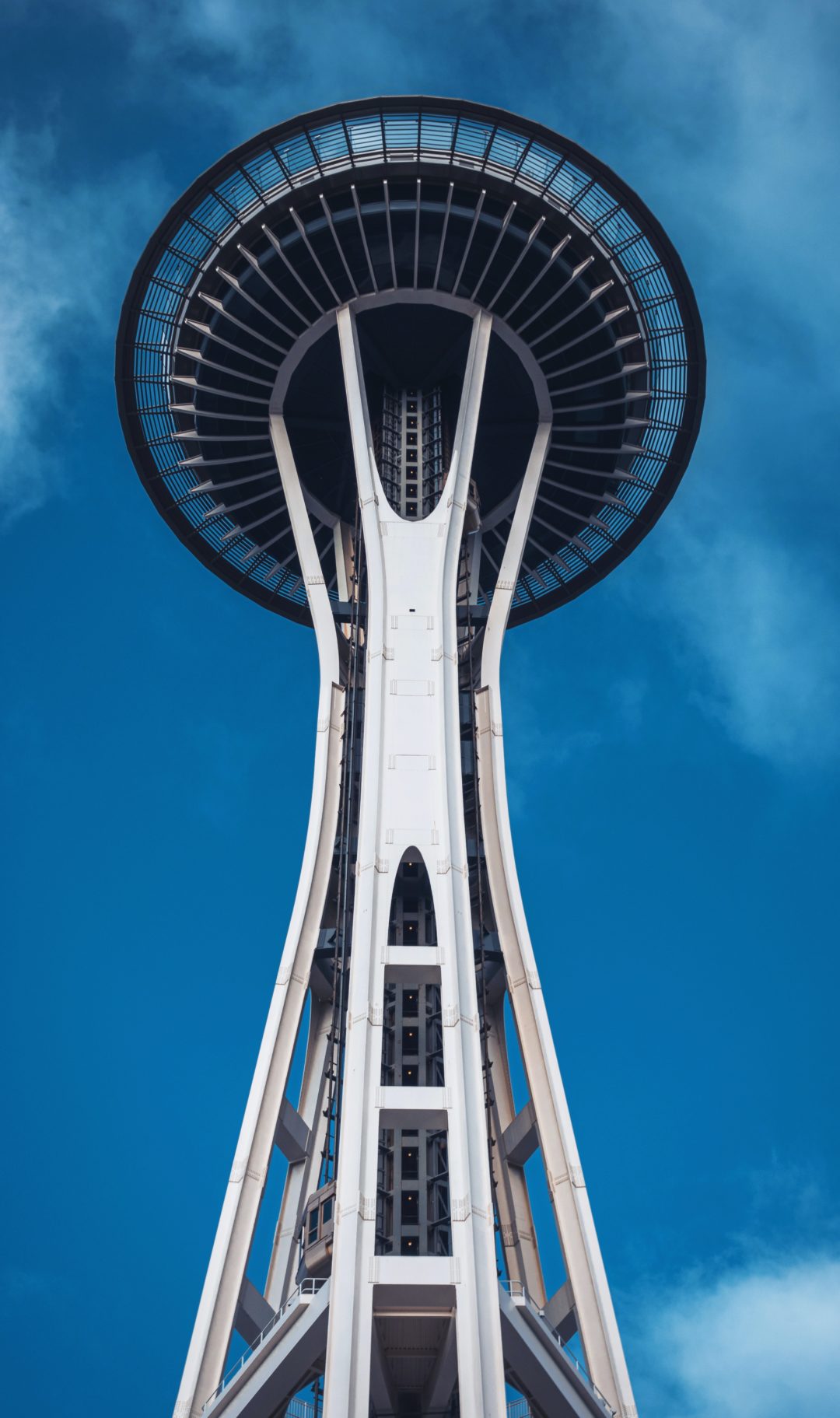Traveling to Venice by train is easy, but finding the best time is not always easy. Venice has four eclectic seasons from carnival to cruise ship, from spring to shore.
Our Venice City Guide highlights: “If you only have time for one Italian city, go to Venice. The city has a reputation for being terribly crowded, but Venice makes room for everyone.” But since you’ll find the best time to travel to Venice, there are some good tips to keep in mind before making travel plans.
The best time to go to Venice without the crowds
“Overcrowding” is a serious problem in Venice, where local demonstrations against overcrowded canals and “campuses” are a common feature. Cruises can no longer be hidden, so the best way to avoid mass mailings of thousands of passengers is to be warned. A good source of information is cruise schedules that show the daily arrival times of all cruise ships so you can end your visit around these cruise ships to make sure of yourself. Basically, December, January and February are relatively cruise ships.
Venice February isn’t always the best time to visit if the crowds aren’t your thing, but because it’s also carnival time. We do not mean a cruise ship. The world-famous Carnevale di Venezia takes place in front of Christian fasting for two weeks. It’s a mobile festival because of its ever-changing religious calendar, so always check the Carnival website.
July and August in Venice are always busy not only for cruise ship passengers but also for thousands of other day trips. Venetians traditionally take a two-week holiday in and around Ferragosto in August, an annual holiday on August 15, and then the city gets an artificial tourist-dominated atmosphere. Remember that during these busy times, there are many other places near Venice that you can visit by train, such as Treviso or San Dona di Piave Jesolo beach.
Surprisingly, it’s not a major tourist season in Venice at Christmas, and the city once again feels very real as local people celebrate the traditions of the season. Of course, it also flashes at the Christmas markets of Strada Nova and Campo Santo Stefano (which otherwise end on Christmas Eve) and also the ice rink at Campo San Polo.
Venice again
Venice has four very special seasons. Perhaps that’s why the city’s most famous boy, Vivaldi, is called to his famous concert. July is the warmest month with an average temperature of 28 ° C. The average temperatures in August are slightly lower than 23 ° C. During these months, Venetian life revolves around the lagoon islands and the Lido. Also bring a mosquito repellent because Mossias loves the canals during the summer months. The average temperature in June is around 20 ° C, although they can often creep into the 1920s during this time.
Many travel to Venice in October or November, where the number of cruise ships has slowed slightly. In this case, the rain can also flood the city, so be prepared to bring comfort. And rubber boots. This period when the water starts to rise is known as “Acqua alta” and can last until December. Venice will also get a new kind of audience in October from new students, as many forget that Venice is also a university city. So the columns are definitely full during this time.
For many people, spring is the best time of year to visit Venice, especially in late March or early April for Easter, when crowds gather during this time. The Adriatic sky is already warming slightly, the average temperature in early April is around 12 ° C, many buildings are blowing wisteria rains and the beaches are still deserted. Bring a wetsuit if you want to swim. The average sea temperature in spring is only 13 ° C.
In the spring, a train trip to Venice is also something special, especially if you choose a route through the Alps, such as if you continue a train route from Paris. You drive through a breathtaking landscape contrast so you can enjoy the changing landscapes with snow-capped peaks, wild flower meadows and finally the gentle area and coast of Veneto. You can also take the Thello night train from Paris to Venice to see Lake Geneva and the Alps


No Comments